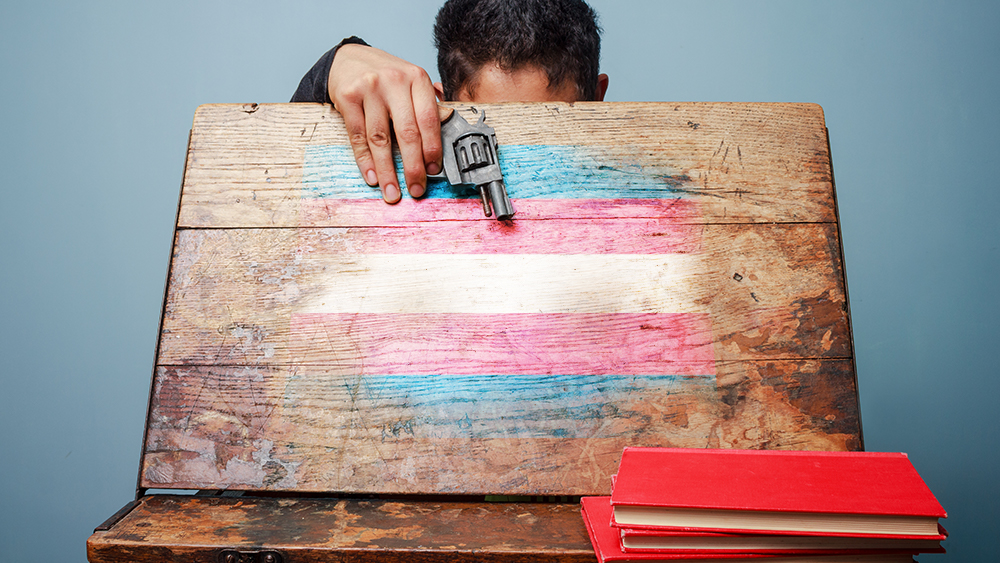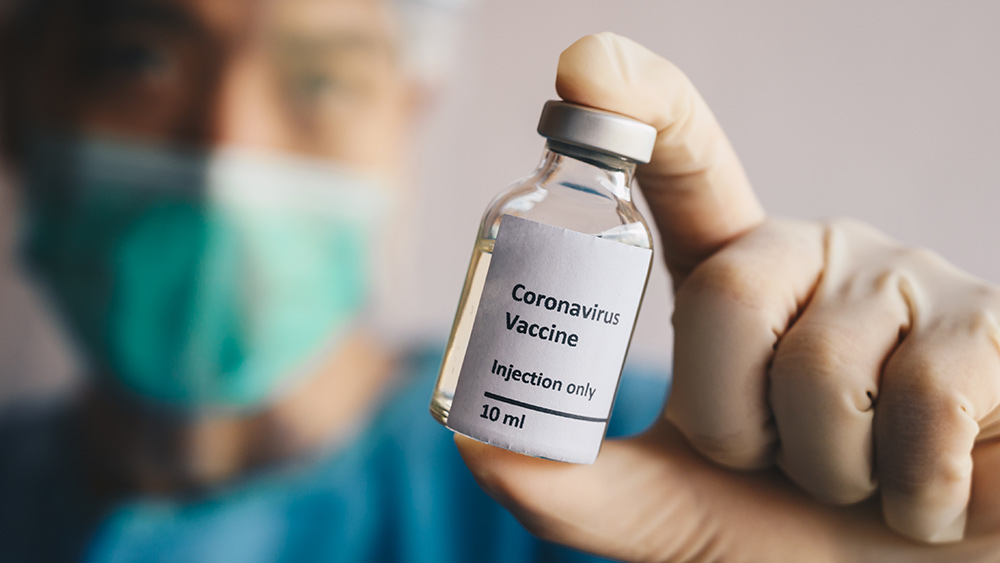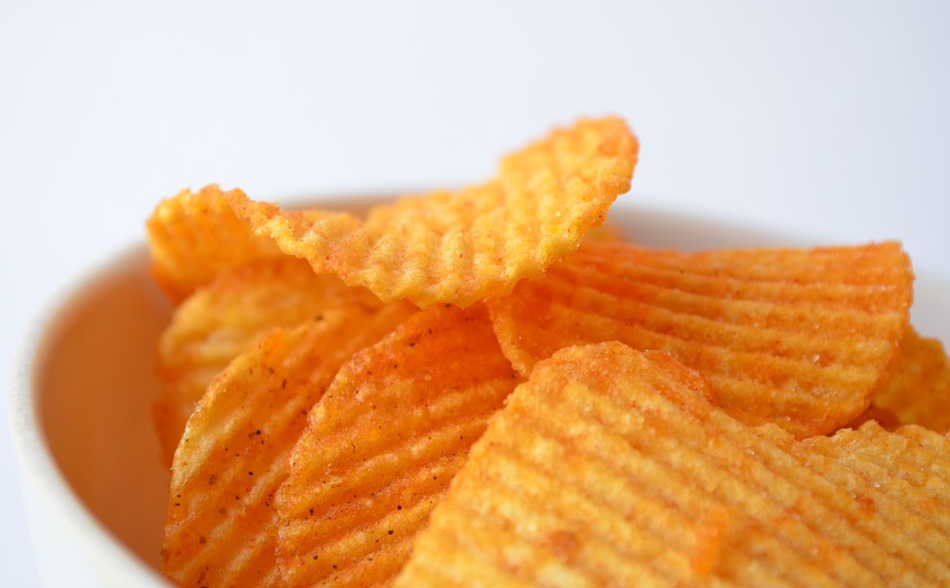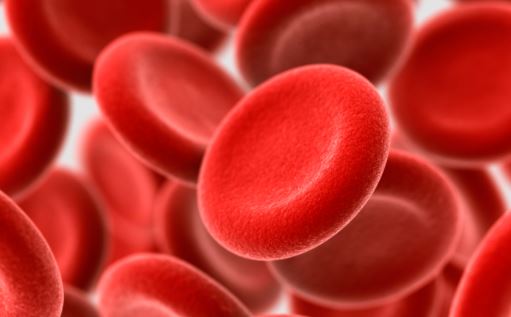The golden rule of water conservation in an emergency: Never waste a drop
06/24/2025 / By Zoey Sky
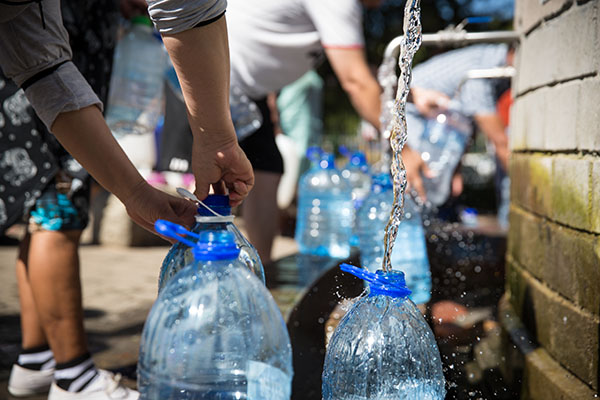
- When SHTF, your water needs will be higher than you think. The standard “one gallon per person per day” only covers drinking and cooking. Hot climates, hygiene, laundry and gardening demand much more.
- Wasting water in a crisis can lead to disease, pests and failed crops. Reuse, repurpose and recycle all water. Avoid letting it drain away.
- Greywater (from dishes, showers, laundry) is safe for cleaning and gardening, while blackwater (sewage) must be avoided.
- Save water by fixing leaks immediately. Even small drips waste thousands of gallons yearly.
- In a crisis, smart water usage can keep you alive. Store enough, but more importantly, never waste a drop.
Water is life, especially in a survival scenario. Most people know the basic rule: Store one gallon of water per person, per day. But this advice barely scratches the surface of what’s truly needed when disaster strikes.
The reality? That gallon of water per person will only cover drinking and cooking, assuming you live in a mild climate. In scorching heat, you’ll need more water just to stay properly hydrated.
And what about bathing, laundry, cleaning and/or growing food? Those needs add up fast.
In an emergency, a prepper knows that every drop of water counts. The number one rule of water conservation is simple: Never let water go to waste. If it hits the ground or disappears down a drain, you’ve lost a precious resource. (h/t to Survivopedia.com)
Why wasting water can be dangerous in a survival situation
The average American household uses more than 300 gallons of water per day because of various tasks such as flushing the toilet and taking long showers. But in a crisis, that luxury disappears.
Suddenly, your only water sources are what you’ve stored, what you can collect from rain or what you can purify.
Wasting water isn’t just careless during a disaster; it can be dangerous. Dirty dishes in the kitchen sink attract pests. Poor hygiene leads to disease. And without enough water, crops in your home garden will wither and die.
The solution? Reuse, repurpose and recycle every drop of water.
The two types of “dirty” water and how to use them
Not all used water is equal. Understanding the difference between greywater and black water is key to smart conservation.
Black water (sewage)
Avoid black water or sewage at all costs. It is hard to reuse because it contains human waste. In an emergency, flushing toilets waste clean water. Instead:
- Use a bucket with a plastic liner (or biodegradable bags) for waste.
- If the crisis lasts, dig an outhouse far from water sources to prevent contamination.
Greywater
Greywater is a survival goldmine that includes water from everything else, such as dishwater, bathwater or laundry runoff.
Even if it looks dirty at first glance, greywater is still useful. (Related: Water supply and prepping: Emergency water solutions when your supply runs out.)
How to reuse greywater:
Cooking water
Don’t throw out cooking water.
- Pasta or vegetable water can still be used to make soups and broths or for baking bread.
- Add flavor, like bouillon, to pasta or vegetable water to make a simple broth for stews.
Bath water
When SHTF, reuse bath water.
- Wash clothes in used bathwater, or stomp on them while in the shower.
- Reuse soapy water to clean floors or outdoor surfaces.
Dishwater
Dishwater can be used to clean your home.
- Wash the dishes first, then the counters, then the floors, in that order.
- Strain food scraps to compost later.
Final use: Water your garden
Plants don’t care if the water is soapy. In fact, leftover food bits in greywater can act as fertilizer.
Extra water-saving tips for survival situations
Even small changes to your daily routine can make a big difference. Here are some tips on how to stretch your water supply:
Fix leaks immediately
A slow drip wastes as much as 5,460 gallons of water a year.
Test your toilet by adding food coloring to the tank. If color seeps into the bowl, you leak.
Shorten showers and reuse water
Taking a five-minute shower saves hundreds of gallons. Make sure to catch shower water in a bucket for later use.
Wash full loads only
Only run dishwashers and washing machines when they’re full.
Use buckets, not hoses
Wash cars, patios or tools with a bucket instead of a running hose, which wastes more water, especially if you leave it running continuously.
Purify and recycle
If water is too dirty for reuse, filter it. You can use gravel and sand in a pinch. Next, run the water through a purifier to make it drinkable again.
In normal life, water seems endless. But in an emergency, it’s survival currency.
The key isn’t just storing enough water, it’s using every drop wisely. By following the golden rule — never waste water — you can help your family stay hydrated, clean and healthy, even when resources are scarce.
Start conserving water now, before disaster strikes.
Visit Health Ranger Store and Brighteon Store to find more lab-verified food supplies and products for your prepping needs.
Watch the video below to learn more about Organic Long Grain Brown Rice and why you need it in your survival pantry.
This video is from the Health Ranger Store channel on Brighteon.com.
More related stories:
Prepping tips: Stockpiling non-perishable foods and water.
Prepping tips: How to survive with a limited water supply.
DIY prepping: How to set up a gravity-fed water system.
Prepping 101: How ambidexterity can boost your survival skills.
Sources include:
Submit a correction >>
Tagged Under:
emergency water, green living, greywater, homesteading, off grid, preparedness, Preppers, prepping, safe water, SHTF, survival, tips, water conservation, water containers, water storage, water supply
This article may contain statements that reflect the opinion of the author














